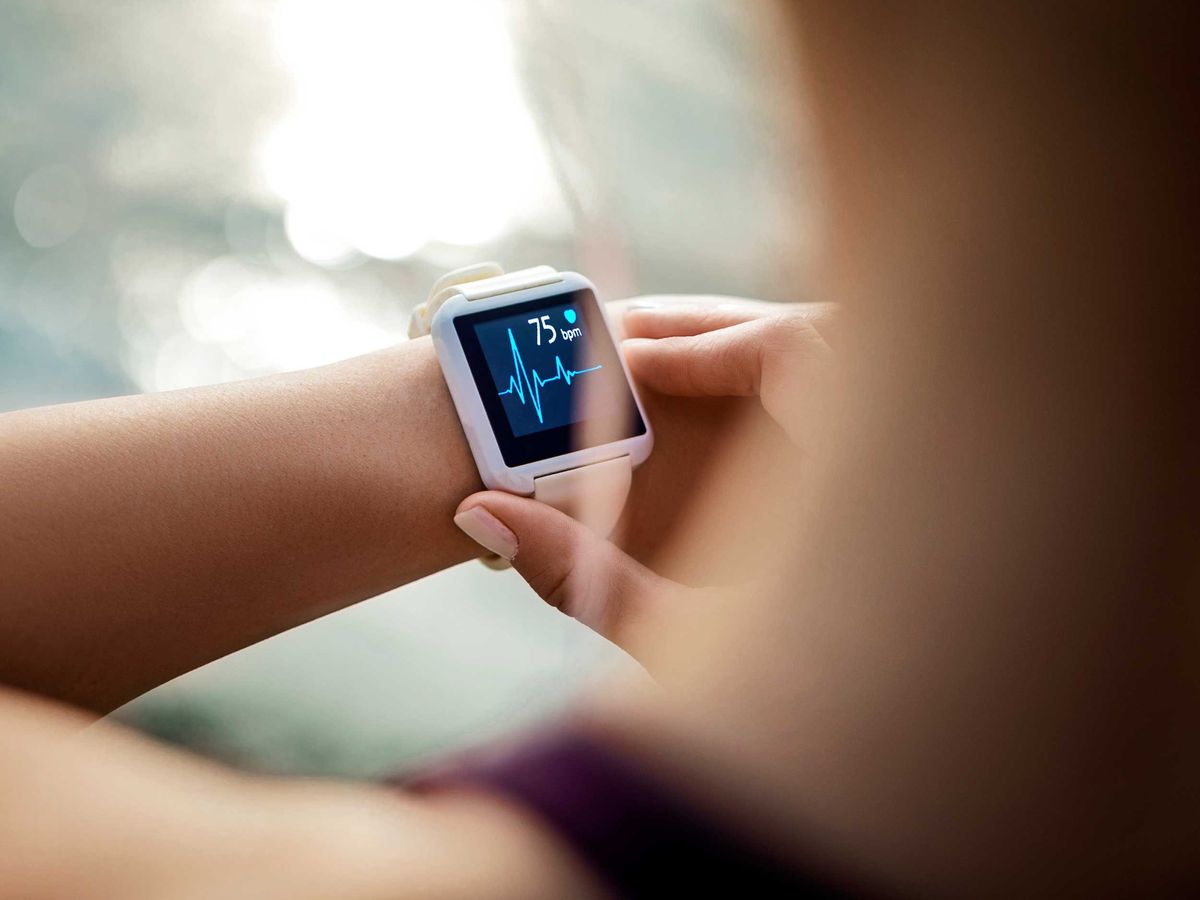Can your mind be read at arm’s length? Scientists and clinicians at the Mount Sinai Hospital in New York City have taken a step down this road—using smartwatch data to discover aspects of a wearer’s psychological state. The researchers want to predict a person’s resilience, optimism, and emotional support—all correlated with positive medical outcomes and one’s ability to handle stress—from a wearable device’s measurements of heart rate variability (HRV).
According to the researchers—Drs. Robert Hirten and Zahi Fayad at Mount Sinai’s Icahn School of Medicine—relatively static aspects of a person’s psychology or personality can be determined with some level of accuracy from biometric measurements. HRV which smartwatches and wearable technologies today can easily measure, reflect the agility of a person’s autonomic nervous system (ANS)—the part of your nervous system that controls your ability to respond to stressful situations (sympathetic) and calm back down when that situation has passed (parasympathetic).
HRV is a measurement of the slight differences in the time your heart takes between successive beats. The variability of those contractions at a resting average rate is linked to the heart’s ability to change that rate when necessary. In other words, the more variable the beat-to-beat timing is at rest, the easier time the body has changing the rate overall, and the more readily the ANS can increase or decrease one’s heart rate in response to stress.
That link between HRV and adaptation is the basis for Hirten and Fayad’s hypothesis, with the added claim that your resilience in facing stressful situations is indicative of an adaptable and fluid functioning of the ANS. The researchers found evidence for such a claim in a previous paper, in which they present group-level associations from a 2020 dataset between HRV patterns and self-reported resilience. “If we look at heart rate variability measurements, we are able to differentiate degrees of psychological resilience,” says Hirten. “Resilience is an important thing, because it demonstrates a person’s ability to deal with adversity and stressful events. It’s particularly important in chronic disease management, where building resilience has been shown to improve long-term outcomes in chronic diseases.”
In their new paper, the researchers measured group correlations between standardized measurements of resilience and HRV measurements over time for each individual participant. (The psychological comparison data came courtesy of a standard psychological test called the Connor-Davidson Resilience Scale.) Hirten, Fayad, and their colleagues trained a suite of machine learning models to predict resilience and an aggregate score combining resilience, optimism, and emotional support scores for individuals in the dataset from their HRV patterns.
The best performing classifiers in the team’s individual scores, trained to predict whether a participant was in the lower or upper half of reported resilience, achieved a score of 0.63 (where 0.50 would be equivalent to pure random chance). The best performing aggregate score classifier performed slightly better—coming in at 0.65.
The researchers say they’ve achieved a proof of concept and are now planning future experiments more suited to individual resilience determination than the post hoc analysis they’ve presented. While the 2020 Warrior Watch dataset they originally drew from was collected from accessible consumer smartwatches, Hirten and Fayad are looking to other data sources. “We’re using different devices where we can get more raw data which we can translate into multiple heart rate variability measurements,” Hirten says. “We can then relate this much richer dataset to psychological assessments or chronic disease outcomes.”
Hirten and Fayad say their approach provides people access to holistic mental health care that they did not have previously. Their work provides opportunity, they say, to connect data from smartwatches or other wearable devices to health care triage. “We can link a patient’s wearable to their chart, and we can identify which groups are more or less resilient” says Fayad. “In the context of a pandemic, we know that more resilient people will be able to hang on. We can use this information for triage and training as well, to see which doctors don’t have that resilience.” Fayad says the tech they’re developing may one day use HRV-derived psych assessments to help both physicians and patients become more resilient overall.
The researchers recently published their findings in the Journal of the American Medical Informatics Association (JAMIA) Open.
Michael Nolan is a writer and reporter covering developments in neuroscience, neurotechnology, biometric systems and data privacy. Before that, he spent nearly a decade wrangling biomedical data for a number of labs in academia and industry. Before that he received a masters degree in electrical engineering from the University of Rochester.



